No one is perfect and no one should expect Montreal Canadiens head coach Martin St. Louis to be. It’s easy to lose sight of how the Habs as a whole aren’t just under the gun with all the injuries they’ve been sustaining the last couple of seasons, but St. Louis is specifically as they severely limit his lineup options.
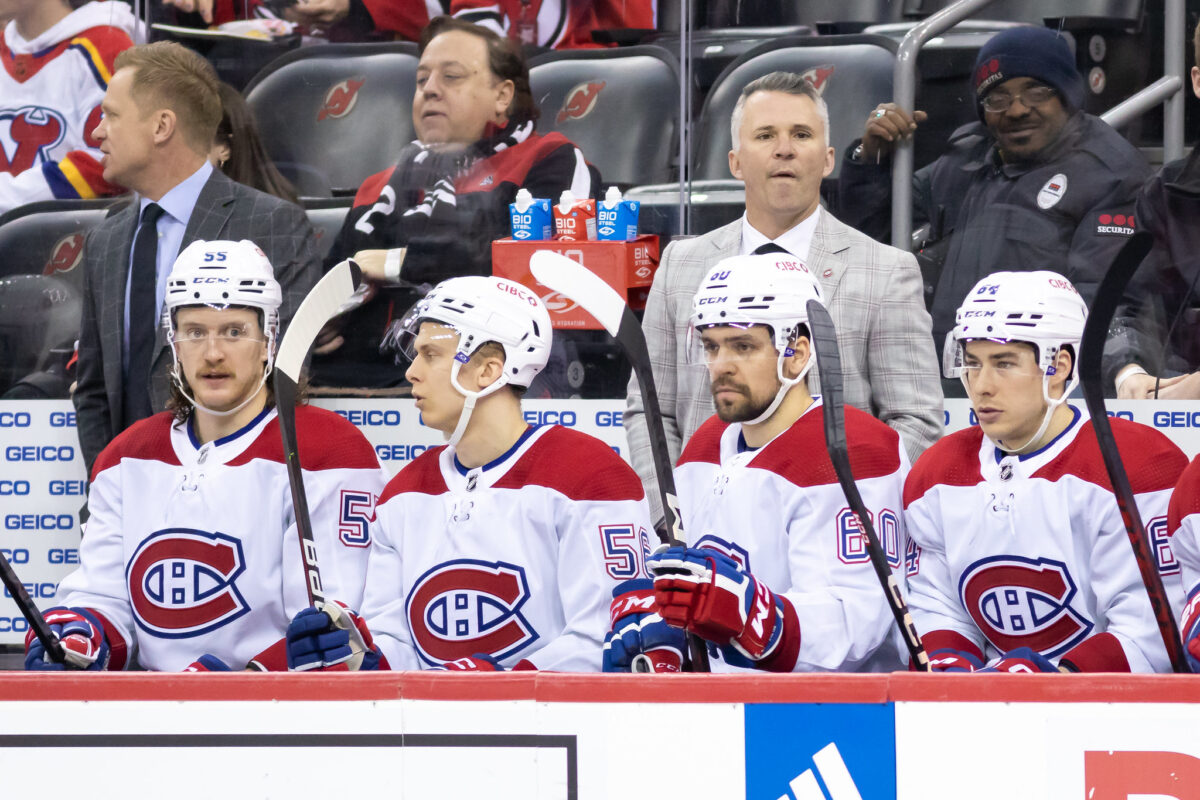
So, understandably, almost justifiably, a few of St. Louis’ deployment decisions won’t work. However, that doesn’t mean fans should blindly accept all his coaching moves as gold. Look at it this way: General manager Kent Hughes has come under fire for a few of his high-profile draft choices in a short time. However, no one realistically knows how those prospects will pan out so soon.
In comparison, it’s easier to tell in the moment if decisions made by St. Louis won’t work and even that they don’t in real time. Again, to reiterate, no one’s perfect. Even the smartest hockey minds make mistakes. These are arguably St. Louis’ biggest, ranked in increasing order of significance, so far this 2023-24 season:
5. Splitting Up Caufield and Suzuki
Coincidentally, St. Louis split up top-liners Cole Caufield and Nick Suzuki against the Detroit Red Wings on Nov. 9 (from ‘About Last Night: Habs split up Suzuki and Caufield in win over Wings,’ Montreal Gazette, Nov. 10, 2023). He reunited them against the Wings on Dec. 2, which should tell you all you need to know.
In that time, including the first game against the Wings, the Habs went 5-6, which isn’t so bad (considering they had been 5-5-2 before prior to playing them). However, that first stretch, they scored an average of 2.83 goals per game. The second, they scored 2.45 goals per game.
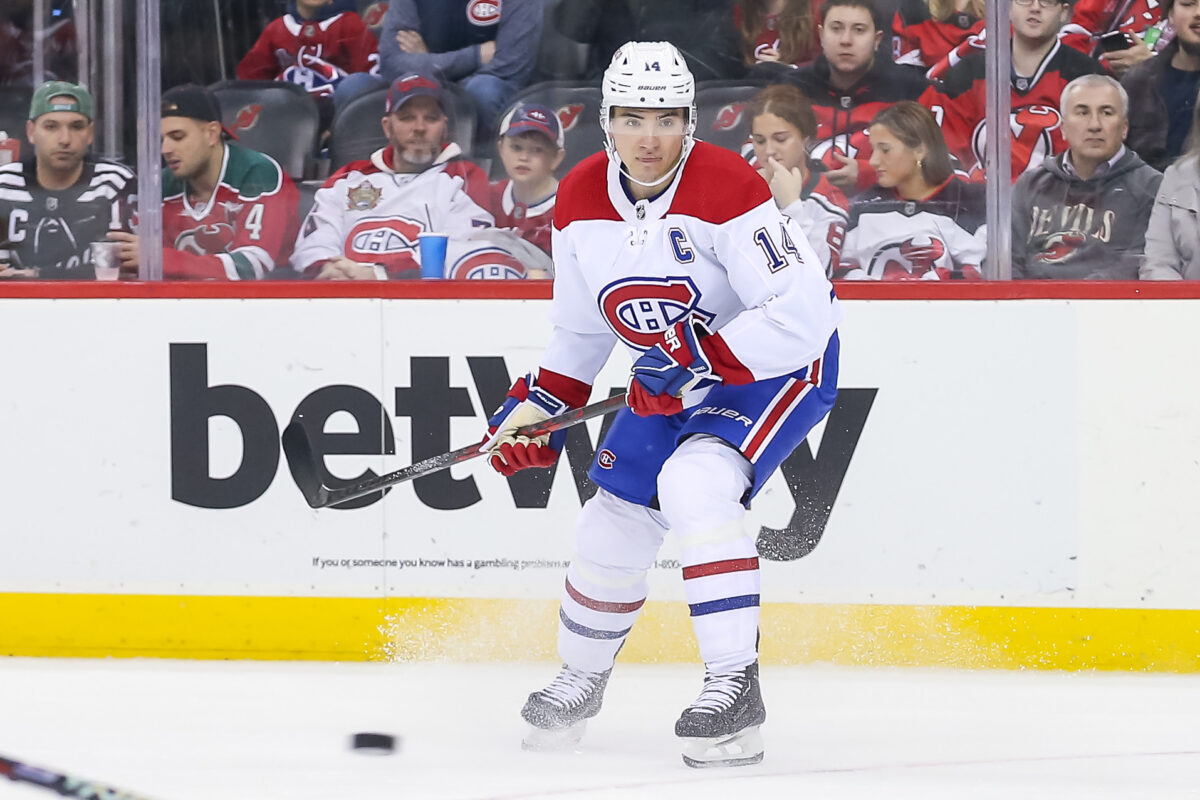
All on its own, the difference probably seems insignificant, but they also put an average of 29.83 shots on goal over Stretch 1 and 26.73 in Stretch 2. More to the point, Caufield had scored four goals and eight assists in the first 12 games, Suzuki four goals and six assists. Caufield scored three goals and four assists in the next 11, while Suzuki notched two goals and six assists.
The move to split up the dynamic duo was not without its supporters, and there was a definite case to spread out the offense. So, the decision takes the No. 5 spot here. However, the resulting drop in offense was also predictable.
Related: Canadiens Should Keep Caufield and Suzuki Together
True, with so many injuries piling up, St. Louis may have felt like he had no other options but to put the two on separate lines. However, it’s kind of telling that it took an additional injury, Alex Newhook suffering a high ankle sprain immediately before the latest Wings game, which should have further exacerbated the situation, for St. Louis to put them back together.
4. Putting Gallagher on the Top Line
St. Louis tried Newhook and Brendan Gallagher out on the top line with Suzuki before reuniting the latter with Caufield. Obviously, with Newhook getting injured, St. Louis had to readjust. However, in the end, St. Louis had kept them together for five games, which is curious considering Gallagher had only assisted on one goal in that time (in the first, against the Anaheim Ducks on Nov. 22).
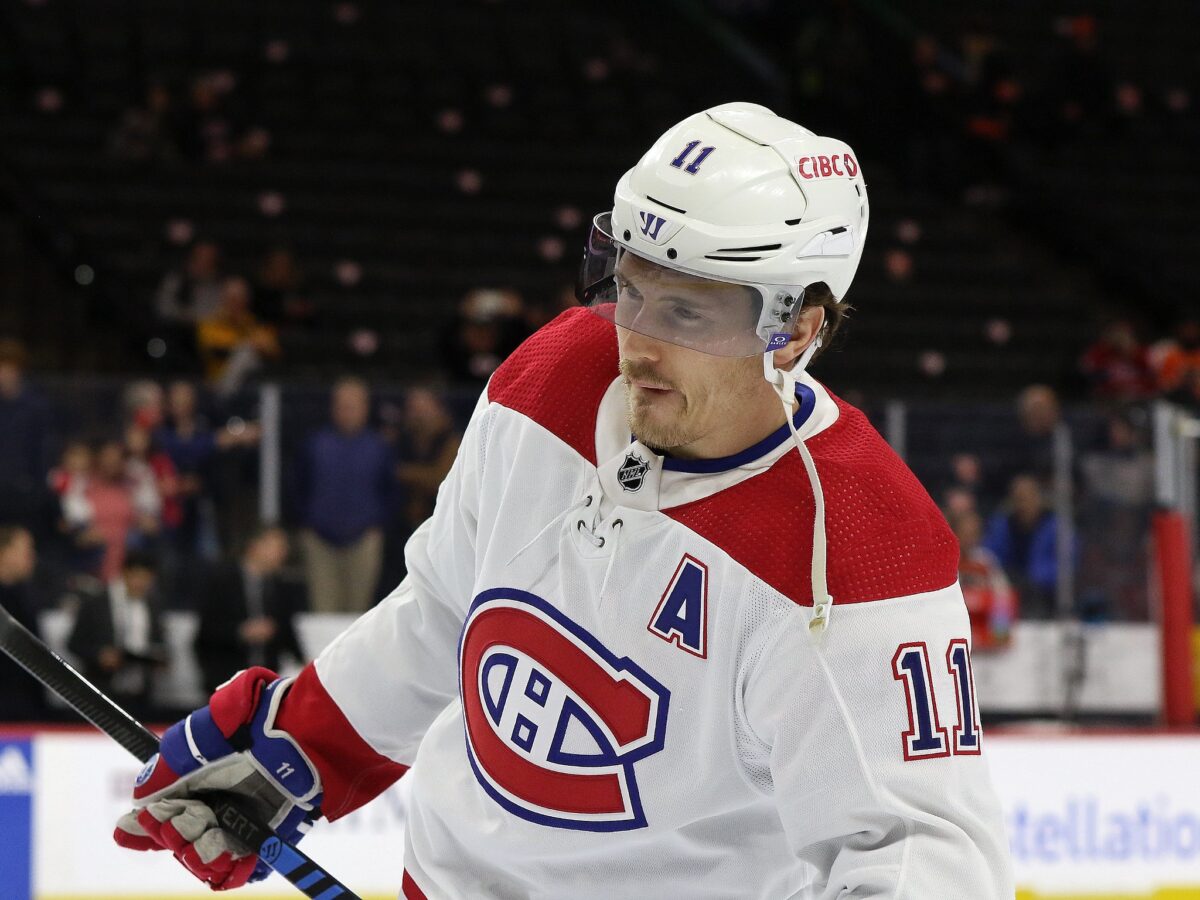
For his part, before “exploding” for a goal and an assist upon being reunited with Caufield, Suzuki had scored just two assists in the preceding five games. Newhook was really the only player of the three who produced, with three goals in that span before the injury.
It’s worth noting, Gallagher is still healthy, St. Louis didn’t really need to take him off the top line, unless out of acknowledgement he didn’t belong there to start, or at least for a good number of years. In the interest of full disclosure, there is the argument, as put forth by Sportsnet’s Eric Engels, that Gallagher has adapted to St. Louis’ coaching to the point he could have been seen as someone who could complement Suzuki.
That having been said, the move was a curious decision that really didn’t pay off, despite the 3-2 record they accumulated before Newhook’s injury. Consider the wins came against the Columbus Blue Jackets, San Jose Sharks and Anaheim Ducks, with the Habs looking pretty bad in the latter two games especially. They also looked bad in the two losses they suffered at the hands of the Los Angeles Kings and Florida Panthers, getting outscored 9-1. So, it’s hard to argue it worked in the end.
In everyone’s defense, Gallagher had been exceeding expectations early in the season. So, promoting him, especially in the absence of viable alternative options, makes sense as kind of a last resort. However, at the end of the day, Gallagher can’t be expected to produce like he once did. St. Louis putting him in a position to, or rather taking a top-line spot away from someone who can, is why this decision makes the list, even if it was made with the best of intentions.
3. Playing Primeau when St. Louis Does
Three-goalie rotations aren’t exactly ideal. Everyone plays less than they should, especially the third-string option in the scenario, which, in this case, is Cayden Primeau. No longer exempt from waivers, Primeau made the team out of training camp, only to presumably get the scraps of Samuel Montembeault and Jake Allen.
Of course, that isn’t exactly what’s happened. Sure, Primeau’s only played five games to the 10 each Montembeault and Allen have played. However, the opponents St. Louis has had him face aren’t exactly conducive to him building up his confidence or arguably value for the purposes of a trade.
To start off Primeau’s season, St. Louis played him against an at-the-time projected top team in the New Jersey Devils on Oct. 24. While the Devils have admittedly struggled, they’ve still scored the fourth-most goals per game of any team (3.59). In effect, it amounted to St. Louis arguably feeding Primeau to the Lions, especially when they had the lower-tier Blue Jackets coming up two days later.
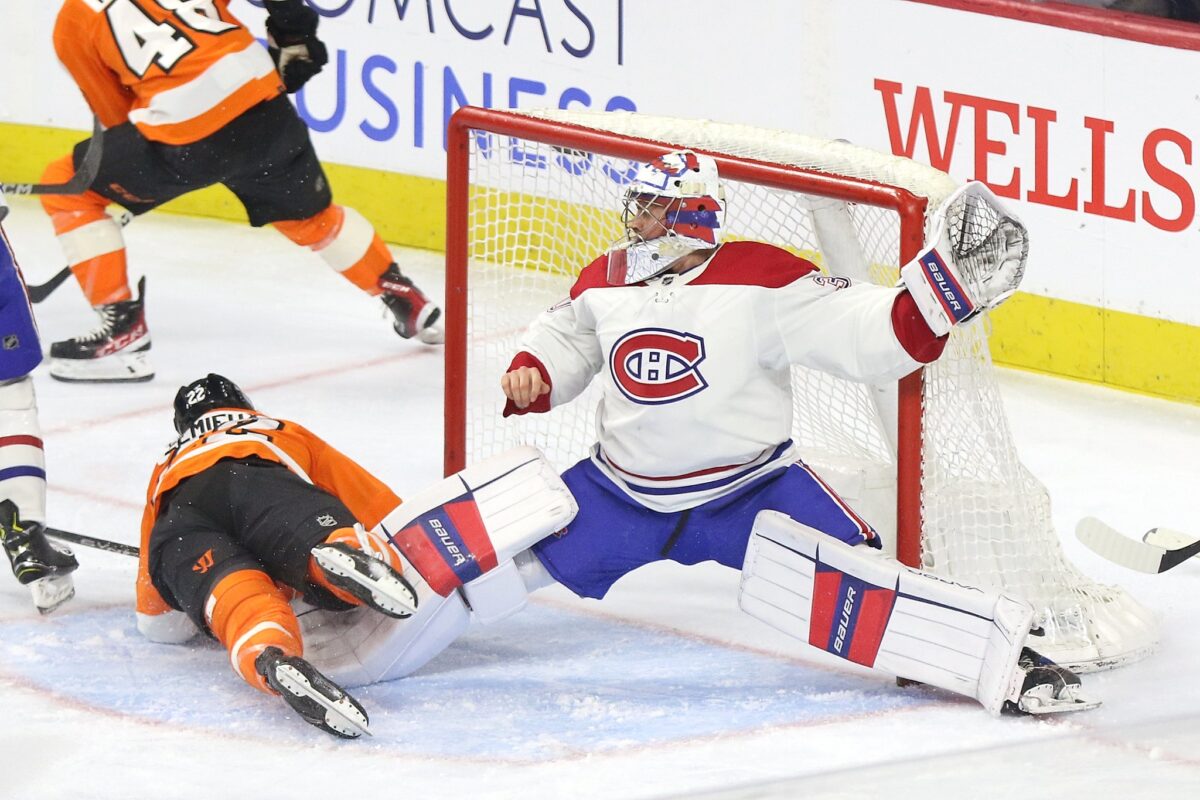
St. Louis has also played Primeau against top-tier teams like the Red Wings, Panthers and Stanley Cup-champion Vegas Golden Knights. The one “gimme” against the last-place San Jose Sharks on Nov. 25, Primeau did his job, winning 3-2 in a shootout. However, his teammates hung him out to dry, as they got outshot 33-24. They effectively didn’t come out prepared, which also falls under the responsibilities of the head coach. All that to say, St. Louis is hardly infallible.
One school of thought argues Primeau should be prepared to face whichever team, if he wants to be an NHL goalie. However, how about the team as a whole? And that’s not just in reference to the above point, but more so in reference to putting the team in the best position to win. Consistently starting your third-best goalie against elite teams? That runs counter to the idea you’re trying to win each and every game.
On top of it all, while it’s not the be-all and end-all in terms of stats, Primeau actually has a better goals-against average than Allen (3.72 vs. 3.74). True, smaller sample size and all that jazz, but there’s an easy way to sort it out: Play Primeau more. And, while some may suggest Primeau doesn’t deserve more ice time, all on its own that’s not a disqualifying factor if you look up and down the lineup.
2. Keeping Anderson on the Power Play
No player has failed to live up to expectations this season as much as Josh Anderson. Generally good for 20 goals, he hasn’t scored a single one, while putting up just three assists in 24 games and acting like an anchor wherever he plays. So, it’s odd St. Louis continues to give Anderson power-play ice time to the tune of a sixth-ranked 3:17 per game. Kirby Dach, who’s played just two games this season, ranks fifth, with 3:26. So, for all intents and purposes, Anderson theoretically draws into the top unit.
Granted, it’s clear Anderson isn’t being rewarded for his play. If anything, it’s clearly an attempt to get him going, but to what end? It’s not like Anderson has ever been a huge point producer. His best season was a 47-point effort, but that was literally five seasons ago. Now on the verge of turning 30, the end of his career is likely closer than we are to its beginning.
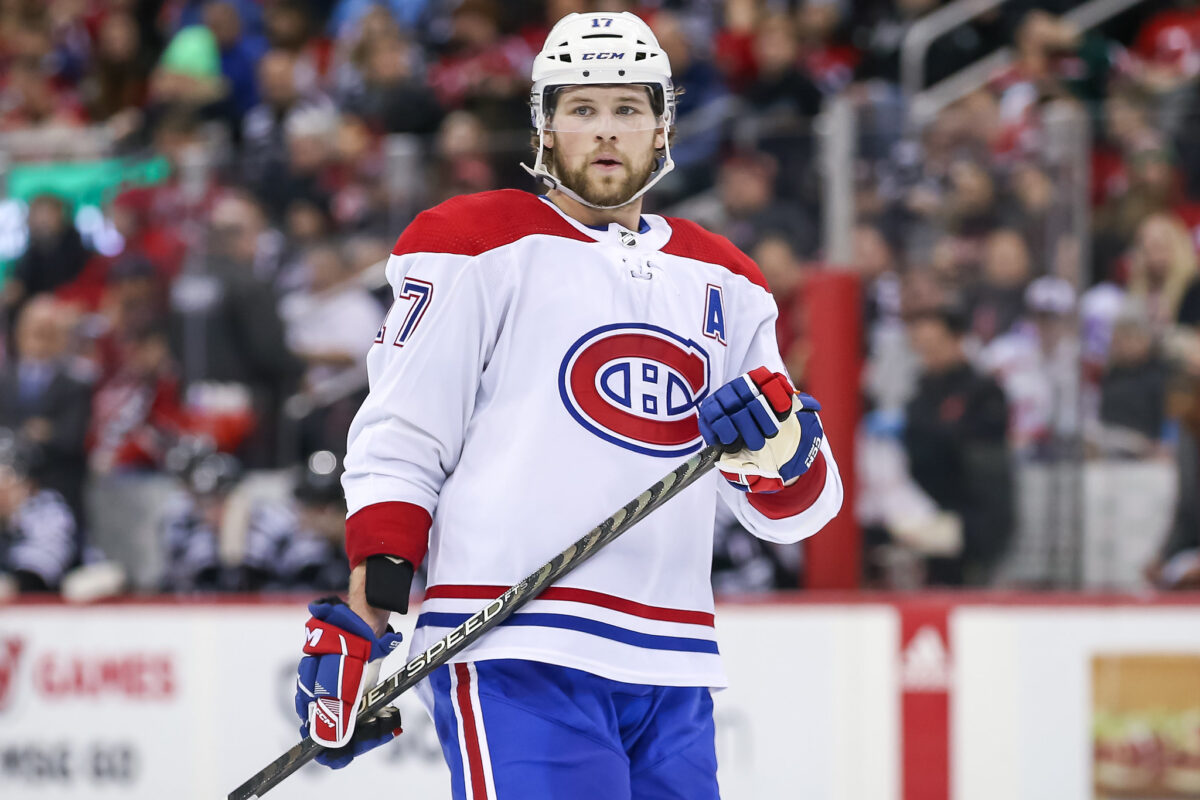
Furthermore, it’s not like Anderson was ever a big producer on the power play. During his time with the Canadiens, his best season on the power play was last season, with four points (all goals), tying him with, among others, Evgeny Dadonov, for seventh on the team.
So, it begs the question, why? Especially, when prior to scoring once against the Wings on Dec. 2, the power play hadn’t scored in 23 opportunities over the previous eight games. It’s just been established Anderson isn’t going to be the one to get it going. Someone else maybe can, given the opportunity.
1. Giving as Little Time as St. Louis Does to Slafkovsky
It doesn’t take a genius to figure out where this is heading. It just takes someone who follows the Canadiens to question why they give so little ice time to sophomore Juraj Slafkovsky, whether it’s on the power play (2:06) or in general (15:00).
To be fair, over the last few games, the time on the man advantage between Anderson and Slafkovsky has been better. Against the Panthers on Nov. 30, Slafkovsky had 2:40 compared to Anderson’s 1:05. Against the Red Wings on Dec. 2, Slafkovsky had 1:49 to Anderson’s 1:53.
Nevertheless, there is the overall discrepancy that needs further correcting. Furthermore, against the Wings Anderson got put on the second line, while Slafkovsky got saddled with Jake Evans and Tanner Pearson, despite several decent showings in the recent past for the 19-year-old. Even if there hadn’t been though, there isn’t much benefit to keeping your former first-overall pick in the lineup if you aren’t going to put him in a position to succeed offensively.
Hughes has gone on record as saying it’s not all about offensive production. The argument against putting Slafkovsky in the American Hockey League at this point would be the heightened expectations to score. If he fails to in the minors as well, it could be damaging to his confidence. However, there’s something to be said for failing to score as a top pick in the AHL. Furthermore, failing to give Slafkovsky top-six ice time when alternative options are falling by the wayside injured is kind of like taking the bus to work, while keeping your Ferrari in a Tempo during the summer.
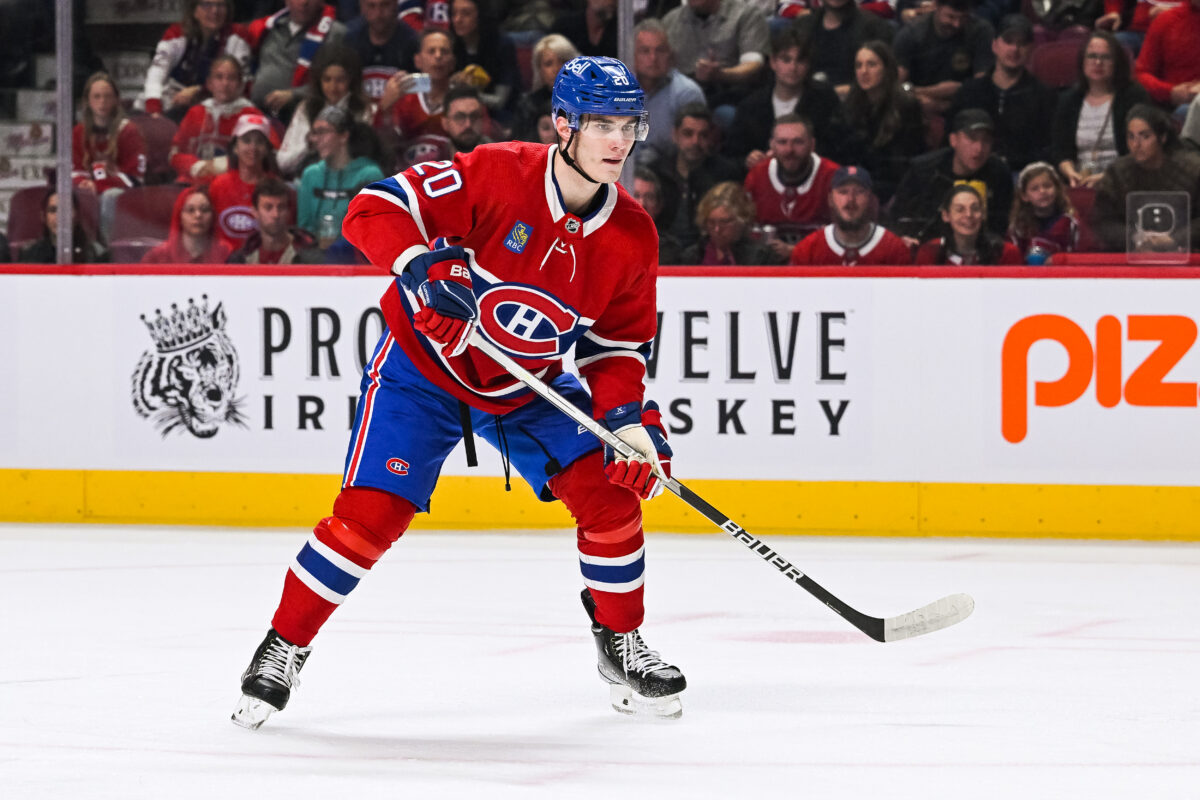
Obviously, this isn’t just on St. Louis. Management has a say in how Slafkovsky is played. However, logically, you want Slafkovsky to score. You don’t draft someone at first overall just because he’s 6-foot-3, 230 pounds or at least you shouldn’t. You draft them, because you hope there will come a point in time when they produce like a star and, by purposely withholding opportunities to do just that, you’re logically sending mixed messages, especially with Slafkovsky having gotten time in the top six earlier this season, including on the top line with Caufield and Suzuki.
Now, Slafkovsky’s ice time is trending higher. Last season, he averaged a 30th-ranked 12:13. This season, he’s a 13th-ranked 15:00. So, there is progress. You can’t help but think there’d be more if he’d be consistently deployed in an offensive capacity instead of being played with a defensive specialist in Evans and a struggling scorer in Pearson.
The fact is, many, including Slafkovsky himself, envisioned him playing with Caufield and Suzuki eventually (from ‘Stu Cowan: There would be a lot for Canadiens to like about Juraj Slafkovsky,” Montreal Gazette, July 6, 2022). Now that the duo is back together, what’s keeping the Habs from making that a reality? Considering Slafkovsky’s mere seven points so far, it actually would help to spread out the scoring. There. Problem(s) solved.
